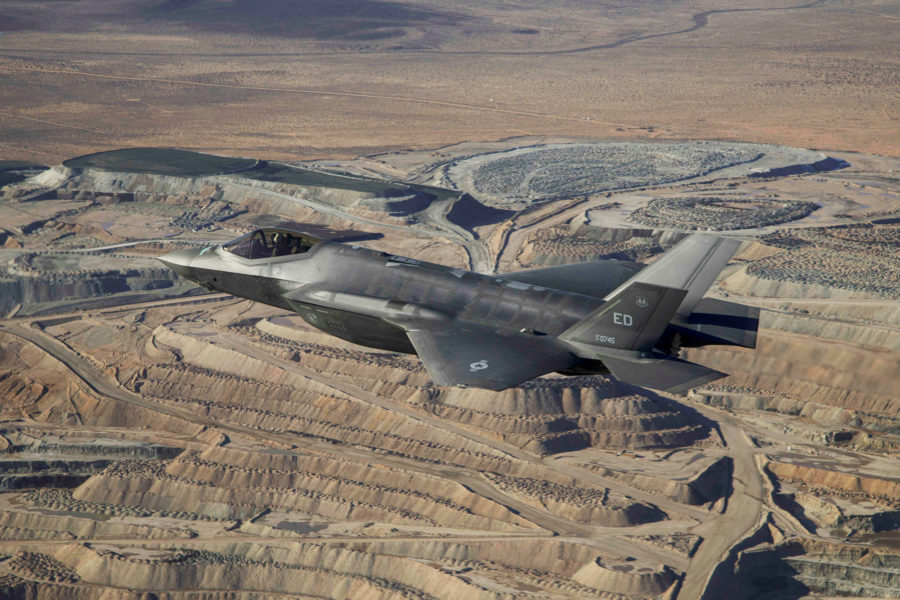When the F-35’s Tech Refresh 3 software is finally fully tested, debugged, and approved, frequent patches may still be needed to correct deficiencies, the Joint Program Office told Air & Space Forces Magazine.
When the TR-3 package is finally greenlit for operational use—allowing some 80 stored jets to be delivered—“future risks hinge upon whether TR-3 will require additional incremental software releases to test and implement critical fixes. If risk manifests in labs or flight test, TR-3 may require additional software releases (taking between two and six weeks per release),” a JPO spokesperson said.
The JPO had previously said initial software releases could come annually or every six months. In flight test, pilots are reporting frequently having to reboot the TR-3 software, in the air and on the ground.
The program office reiterated that “the first realistic opportunity for TR-3 aircraft acceptance is July 2024, and even that date bears risk.”
The TR-3 configuration includes a more powerful processor, associated software, and a new cockpit display, among other improvements, and it is the basis for the coming Block 4 upgrade to the fighter. Lockheed Martin has been producing new F-35s in that configuration since last year, but some 80 aircraft that have been completed can’t be delivered because testing of the TR-3 isn’t finished.
Lt. Gen. Michael Schmidt, the program executive officer, told Congress in April that the F-35 steering group—the international users of the fighter—have agreed to releasing a “truncated” version of the TR-3 in order to get deliveries moving again. However, Schmidt is waiting to see more stability in the software before he will sign off on accepting the new jets.
The JPO was not immediately able to explain what software stability metrics will satisfy Schmidt.
Users of the F-35 have been waiting 10 months for deliveries,and this has disrupted the transition from their older fighters to the F-35. The delays have far-ranging implications; provision of used F-16s to Ukraine, for example, depends on donor countries like the Netherlands and Belgium receiving their F-35s in a timely manner. U.S. Air Force units must continue to operate older types, spending more to maintain them and delaying maintainers and pilots from transition training.
The JPO and its industry partners are working intensively to fix “specific issues in TR-3 software,” the spokesperson explained, “to improve software stability on the ground and in the air.”
TR-3 acceptance “depends upon completing a stable, capable, and maintainable software build for release to flight test,” the spokesperson told Air & Space Forces Magazine.
Exasperated with chronic F-35 delays and especially the hold on deliveries, the House Armed Services Committee, in its mark of the 2025 defense bill, slashed the number of F-35s the services requested, diverting the money to more software integration capability, a new flying avionics testbed, additional test F-35s and other test capacity measures, in order to speed up testing.
